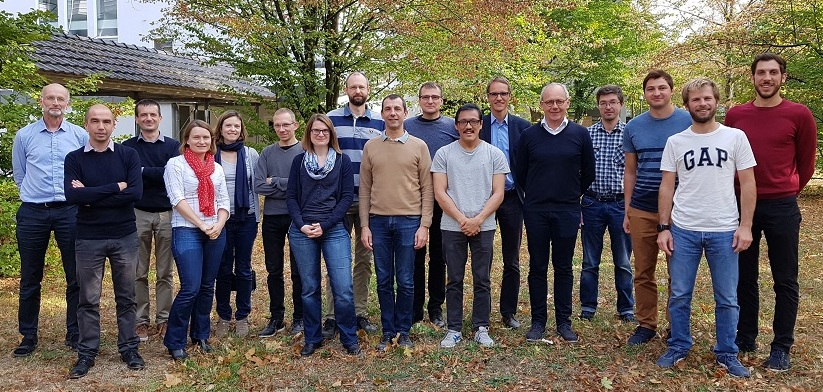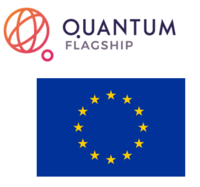Quantum technologies 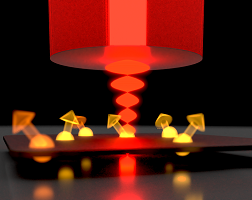 rely on materials that offer the central resource of quantum coherence, that allow one to control this resource, and that provide suitable interactions to create entanglement. Rare earth ions (REI) doped into solids have an outstanding potential in this context and could serve as a scalable, multi-functional quantum material. REI provide a unique physical system enabling a quantum register with a large number of qubits, strong dipolar interactions between the qubits allowing fast quantum gates, and coupling to optical photons – including telecom wavelengths – opening the door to connect quantum processors in a quantum network.
rely on materials that offer the central resource of quantum coherence, that allow one to control this resource, and that provide suitable interactions to create entanglement. Rare earth ions (REI) doped into solids have an outstanding potential in this context and could serve as a scalable, multi-functional quantum material. REI provide a unique physical system enabling a quantum register with a large number of qubits, strong dipolar interactions between the qubits allowing fast quantum gates, and coupling to optical photons – including telecom wavelengths – opening the door to connect quantum processors in a quantum network.
SQUARE's Goals
This project aims at establishing individually addressable rare earth ions as a fundamental building block of a quantum computer, and to overcome the main roadblocks on the way towards scalable quantum hardware. The goal is to realize the basic elements of a multifunctional quantum processor node, where multiple qubits can be used for quantum storage, quantum gates, and for coherent spin-photon quantum state mapping. Novel schemes and protocols targeting a scalable architecture will be developed. The central photonic elements that enable efficient single ion addressing will be engineered into deployable technologies.
Funding
SQUARE has received funding from the European Union’s Horizon 2020 research and
innovation programme within the Flagship on Quantum Technologies in the sector basic science under grant agreement No 820391. It started on 1.10.2018 and will run until 31.03.2022 with a budget of 3 M€.
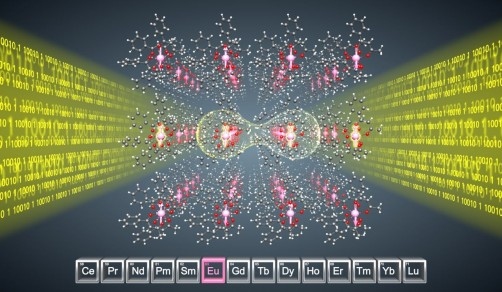
The ability to interact with light provides important functionalities for quantum systems, such as communicating over large distances, a key ability for future quantum computers. However, it is very difficult to find a material that can fully exploit the quantum properties of light. A research team from the CNRS and partners of the SQUARE project , has demonstrated the potential of a new material based on rare earths as a photonic quantum system. The results, which were published on 9 March 2022 in Nature, show the interest of europium molecular crystals for quantum memories and computers.
Serrano et al.: Ultra-narrow optical linewidths in rare-earth molecular crystals
Link_more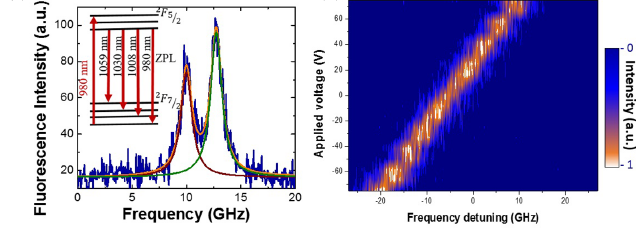
Here, we incorporate rare-earth ion (REI) quantum emitters into electro-optical tunable lithium niobite (LN) thin films and demonstrate control of LN microcavities coupled to REIs over a frequency range of 160 GHz with 5 µs switching speed. Dynamic control of the cavities enables modulation of the Purcell enhancement of REIs with short time constants. Using Purcell enhancement, we show evidence of detecting single Yb3+ ions in LN cavities. Coupling quantum emitters in fast tunable photonic devices is an efficient method to shape the waveform of the emitter.
Xia et al. 2022: Tunable microcavities coupled to rare-earth quantum emitters, Optica
Link_more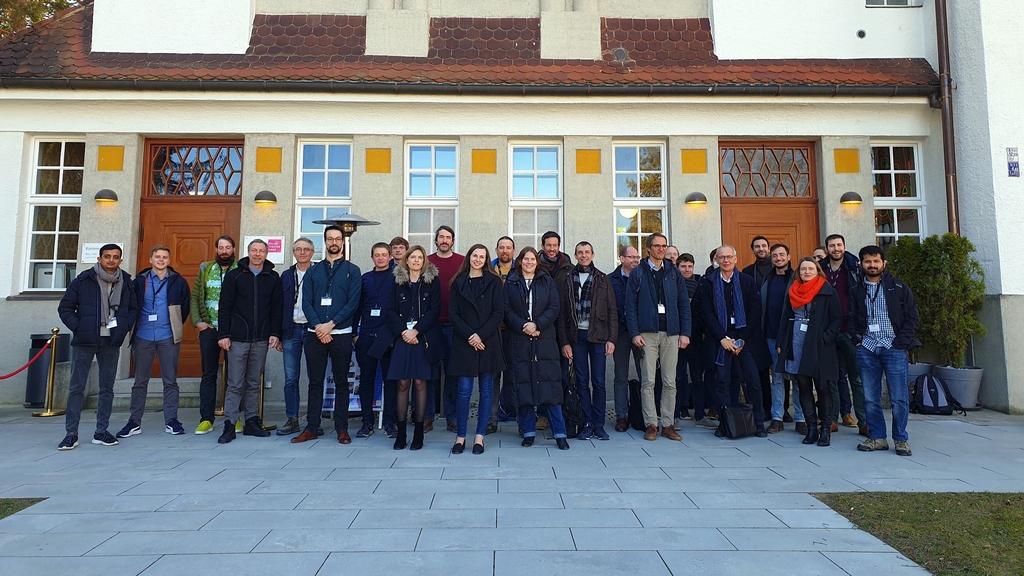
The SQUARE Industry Workshop was hosted by attocube at the Kleines Theater in Haar. Scientists and industry partners discussed various aspects of developing and implementing disruptive quantum technology based on optically addressable spins in solids. A mix of SQUARE-internal and external presentation was arranged to set the stage and cover the specific topics.We want to thank everybody for participating and for the fruitful exchange and inspiring discussions.
Link_more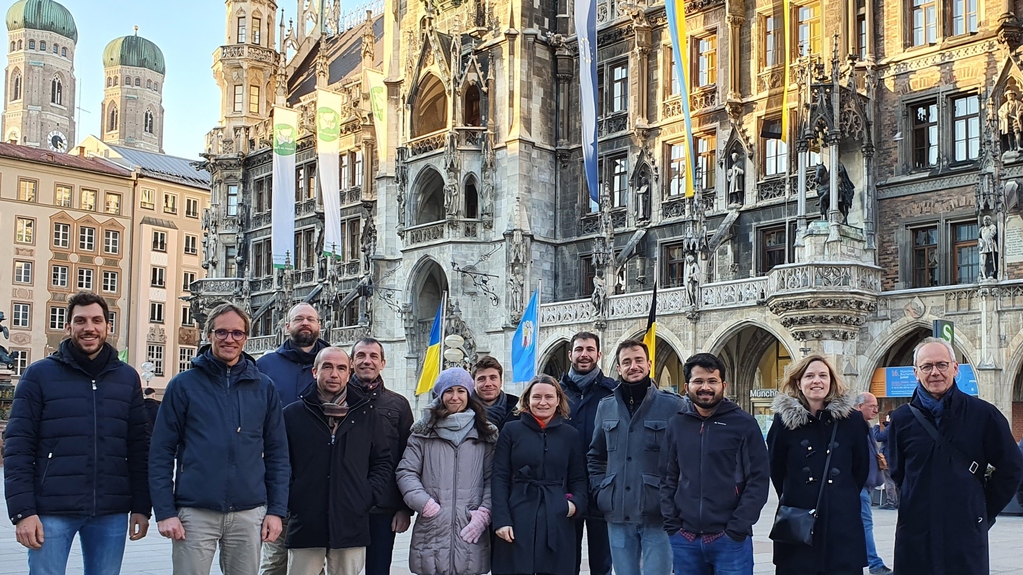
The final SQUARE project meeting assembled all partners of the SQUARE consortium (in present or online) from 10 to 11 March 2022 in Munich, following the Industry Workshop. The achieved results were reviewed and intensively discussed.
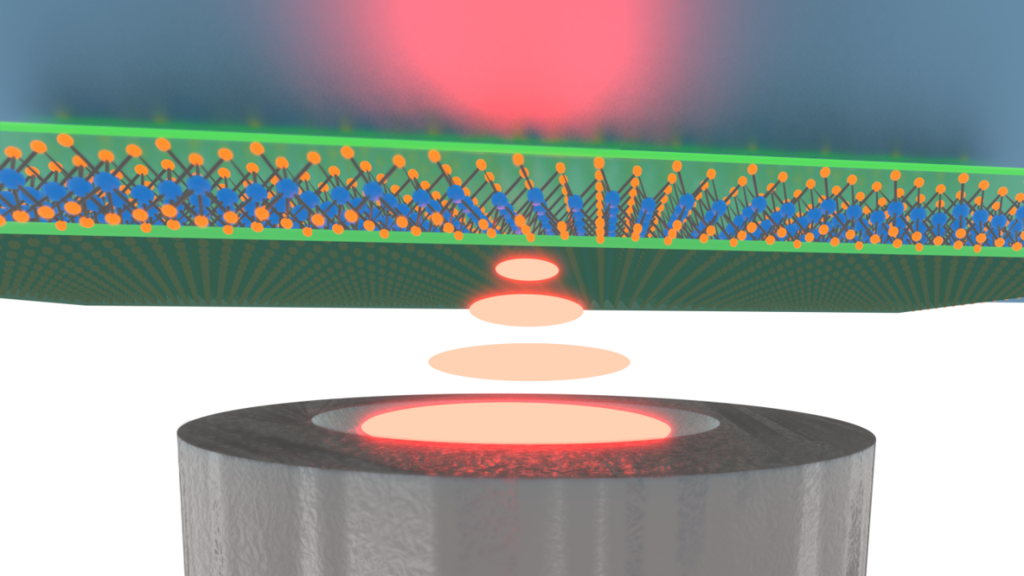
A team of scientists from attocube systems AG, LMU and KIT have engineered a Fabry-Pérot cavity at cryogenic temperatures under closed-cycle cooling conditions. The results have been published in PRX Quantum.
Vadia et al. : Open-Cavity in Closed-Cycle Cryostat as a Quantum Optics Platform
Link_more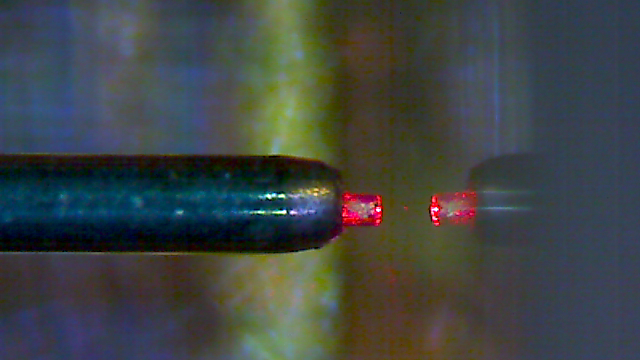
A team of SQUARE members led by Hugues de Riematten achieved strong emission enhancement of Erbium ions with dynamic control of Purcell enhancement up to 100x faster than the excited state lifetime, promising for single telecom photon wavepacket shaping.
Casabone et al.: Dynamic control of Purcell enhanced emission of erbium ions in nanoparticles
Link_more
